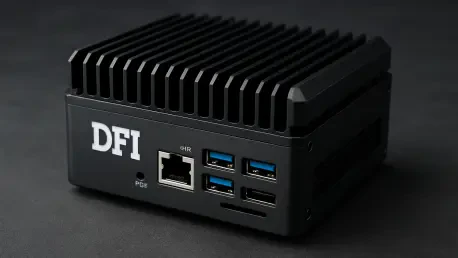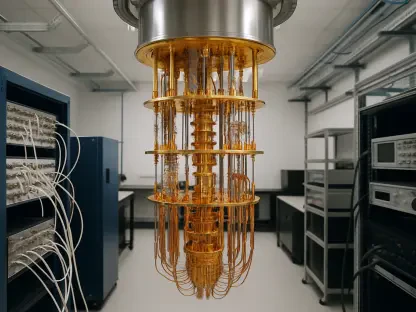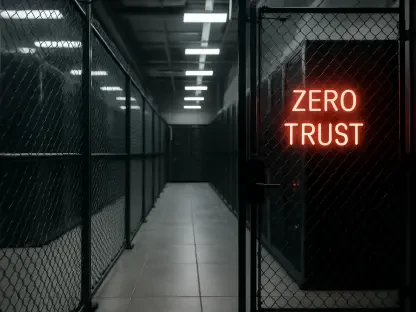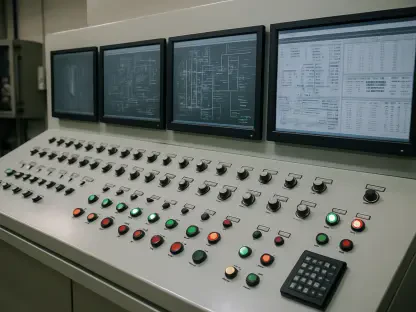In an era where technology must endure the harshest conditions while delivering unparalleled performance, the demand for resilient computing solutions in mission-critical applications has never been more pressing. Industries like industrial automation, transportation, defense, energy, and healthcare face unique challenges, from extreme temperatures to relentless vibrations, all while requiring real-time data processing and intelligent decision-making. DFI, a prominent name in industrial computing, has stepped up to meet these needs with an expanded lineup of rugged edge AI platforms. These systems are meticulously engineered to operate reliably in unforgiving environments, blending durability with advanced AI capabilities. This development marks a significant shift in how mission-critical technology can withstand adversity while pushing the boundaries of innovation, ensuring that vital operations in high-stakes sectors remain uninterrupted and efficient, even under the most demanding circumstances.
The core of this transformative approach lies in the ability of these platforms to handle complex workloads at the edge, where data is generated and immediate action is often required. For instance, systems like the X6-ORN, powered by NVIDIA Jetson Orin NX/Nano, offer compact yet powerful solutions for edge AI vision tasks, excelling in wide-temperature settings. Its variant, equipped with GMSL camera connectivity, facilitates high-speed, low-latency data transmission, making it a game-changer for smart transportation and autonomous vehicle applications. With features like versatile I/O, multi-GbE with PoE support, and optional out-of-band management for remote oversight, these platforms ensure flexibility and reliability in distributed setups. This focus on secure, real-time data handling addresses critical safety and navigation needs, particularly in vehicle-based systems, highlighting how tailored technology can bridge the gap between rugged durability and cutting-edge performance in environments where failure is not an option.
Pushing Boundaries with Extreme Durability
Delving deeper into the innovations, DFI has introduced IP67/IP69K-rated rugged edge AI systems designed to endure the toughest conditions, including water, dust, and intense vibration. The ECX700-ADP, built with Intel technology, operates across a broad temperature range and meets stringent MIL-STD-810G standards for shock and vibration resistance. Equipped with secure M12 connectors, an external SIM slot, and a high-gain antenna, it ensures robust connectivity in extreme settings. Additionally, a forthcoming energy-efficient AI inference system, also leveraging NVIDIA Jetson Orin NX/Nano, promises high compute density for next-generation mobility solutions. These advancements reflect a strategic alignment with market trends, as projections indicate the rugged edge AI market could reach USD 5.8 billion by 2033, driven by a compound annual growth rate of 19.6%. Such growth underscores the escalating reliance on resilient systems across high-stakes sectors, positioning DFI as a key player in delivering dependable performance where it matters most.
Reflecting on the impact, DFI’s commitment to rugged edge AI proved instrumental in addressing the unique challenges of mission-critical operations. By integrating compact design with extreme durability and advanced AI capabilities, platforms like the X6-ORN series and ECX700-ADP set a new standard for reliability in harsh environments. Their ability to support real-time, data-intensive tasks while withstanding adverse conditions transformed expectations for industrial computing. Looking ahead, industries should consider adopting such technologies to enhance operational continuity and safety, particularly in areas prone to environmental stressors. Exploring partnerships with innovators in this space could further tailor solutions to specific needs, while staying informed about upcoming advancements will ensure readiness for evolving demands. This strategic focus on resilience and intelligence paved the way for safer, more efficient systems, ultimately redefining what was possible in mission-critical technology.









